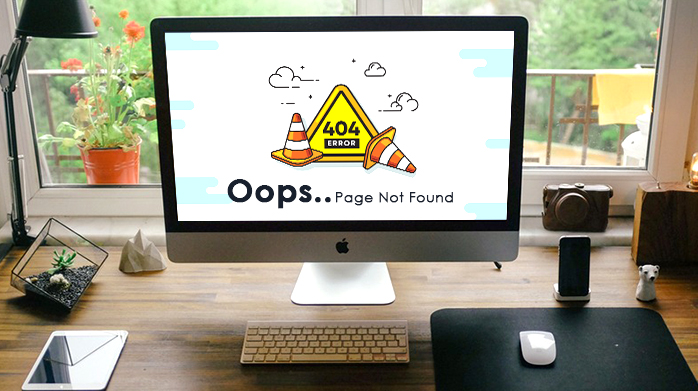
With ever-increasing web-based competition, promoting your website is a tough business.
There are so many SEO related technicalities to consider: crawlers, dead-end pages and of course, orphan pages which are probably the bane of every website’s existence.
Sparing the technical jargon, orphan pages are those pages in a website that have no inbound or incoming link.
The URL of such a page is essentially an orphan link. What does this imply for your website’s health?
If a page has no internal link referring to it, a web crawler will never find it. A web crawler like Google bot (used by Google search engine) is responsible for bringing traffic to a web page through indexing of pages by their importance and relevance with respect to certain keywords.
So, if a crawler can’t find a page, it is likely that it will never get visitors and ruin your marketing strategy. Too many orphan pages in your site will make it an orphanage website. This brings us to the next issue at hand: identifying an orphan link.
There are quite a few options, but they all involve three major steps: obtaining a list of all URLs in the domain, then a list of URLs obtained after a crawl and finally: compare and contrast.
• Extracting list of URLs of a website:
Usually, all web domains have a sitemap which contains all URLs of a website, dynamically updated every time pages are added or updated.
A sitemap extractor gives a list of all available URLs. Or, a backlink tool may be used to check the backlink profile of a site, which serves the same purpose as a sitemap extractor.
• Crawl the website:
Next step is to perform a web crawl of the site. Free online tools like Screaming Frog or Semrush are easily accessible, which generate a list of URLs with inbound links or non-orphan pages.
The two sets of lists of URLs acquired from the above steps can be imported into a simple spreadsheet. All URLs from step 1 that do not exist in the list from step 2 are orphan links.
So, now that you have the list of orphan pages in the website, you can either remove them or add internal links to these pages.
That’s a sure-fire way to make your website optimised for organic traffic and prevent index bloating issues.